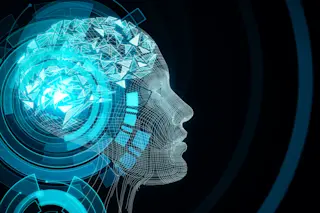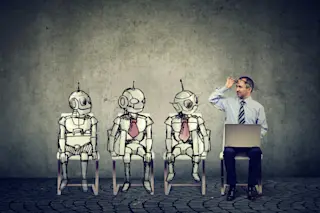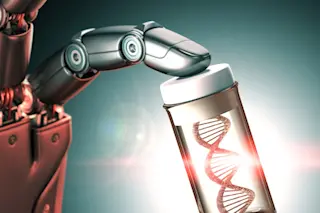In recent years, machines have become almost as good as humans, and sometimes better, in a wide range of abilities — for example, object recognition, natural language processing and diagnoses based on medical images.
And yet machines trained in this way still make mistakes that humans would never fall for. For example, small changes to an image, that a human would ignore, can force a machine to mislabel it entirely. That has potentially serious implications in applications on which human lives depend, such as medical diagnoses.
So computer scientists are desperate to understand the limitations of machine learning in more detail. Now a team made up largely of Google computer engineers have identified an entirely new weakness at the heart of the machine learning process that leads to these problems.
Known as underspecification, the team shows how it influences in a wide variety of machine learning applications, ranging from computer ...














